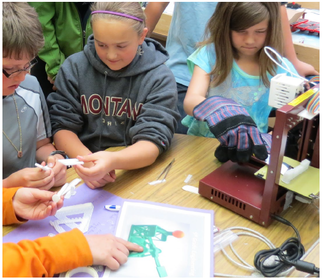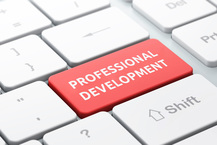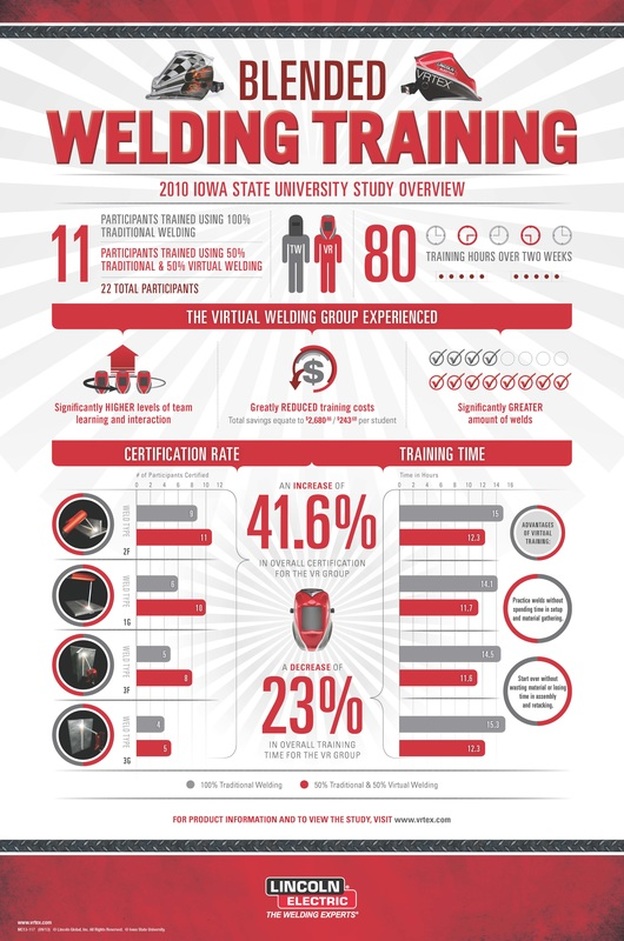 Your principal supports STEM education, and bought you a 3D printer for your classroom. You know 3D printing is being used everywhere from manufacturing to dentistry, biology to hobbyists, gaming to television… and this is the tip of the ice berg. You are excited about the possibilities, but aren’t sure exactly where this fits into your classroom. Don’t worry – we’re here to help! If you are looking to incorporate 3D printing into your K-12 classroom, but aren’t sure how to go about it, we have designed quick tips for you. These resources are designed to help you successfully incorporate 3D printing into your classroom. 8 Best Practices for Classroom 3D Printing 1. Perfect for Design and Engineering Class – If you teach a CAD class, a 3D printer is a home run for your classroom. Your students will be able to apply engineering skills in a real and tangible way. 2. 3D Printing Fits in Other Classes Too! – Have you thought about the ways you could use 3D printing in math class? How about Geography, History or Art? This article by 3DPrint.com explores the ways 3D printing can be utilized in ways you may not have considered. 3. Design, Design, Design – Design programs range in power and capability. Tools like Google SketchUp and Design 1-2-3 are free programs that help you create .STL files. There are also cost-effective programs like Solidworks, an industry-recognized program that provides special educator discounts; and Maker’s Empire which is an elementary specific design program. Need help choosing the right program for the grade level you are teaching? Moss Education Specialists are available to assist. 4. Borrow Existing Designs – Resources are available from websites like Thingiverse, which has thousands of open source .STL files appropriate for your classroom. 5. Technology for All Grade Levels – 3D printing technology is appropriate for every grade level, but students at different ages approach the technology differently. Elementary students look at the fun of seeing their designs come to life, where high school students think more critically about their designs and use 3D prints as part of the design and engineering process. Same technology with age appropriate applications and reactions. 6. Hands on Skills – 3D printing helps students develop critical thinking skills as they design, print and test. 7. Curriculum is available – Structured curriculum is often the key to success. Moss partners with Pitsco Education and Maker’s Empire to provide structured curriculum designed for K-12 education. When you purchase an Afinia printer through Moss, you are also eligible to receive a copy of 3DVinci. 8. Communities are Available – From LinkedIn to Facebook, there are groups available to help you collaborate. We've linked to some of our favorite groups that spark creativity, and promote conversation. Need more tips to get you started? Download this eBook from Afinia, which shares success stories from educators from across the nation, teaching at all levels. Have you incorporated 3D printing in your classroom? Tell us your story in the comments section.
4 Comments
Entering its second century, the welding profession is maturing, with many employers requiring more exposure to robotic automation, advanced equipment, exotic materials, specialized code certification, theory, welding procedure specifications and more. With advances and specialization, there is a growing need for welders who understand more than how to hold a torch and join metal. As a result, public, private and skilled trade schools at every level are developing new education programs to designed to deliver the workforce industry is demanding today to remain globally competitive. In parallel, the need for skilled welding instructors and appropriate curriculum is growing as workforce development partnerships take hold and federal and state grant funds become available. 7 Essential Components of a Successful Welding Program 1. Curriculum – A well-designed welding program will include curriculum that covers technique, industry trends, and introductions to the different areas of welding. 2. Training Equipment – welding is a hands-on course, so real world training opportunities are a must. Training equipment should include an introduction to ARC welding, TIG welding, MIG welding, and FCAW welding. 3. Welding Safety -- For an ARC welder, safety practices and personal protective equipment, when used properly, protect against potential hazards. A robust training program will inform and remind students about safe shop welding practices. 4. Hands-On Practice – Many welding programs teach with a mix of virtual and hands-on training. Welding simulators, like the RealWeld Trainer will teach essential skills in a controlled environment, while Robotic Education Cell 2.0 will educate students on robotics in welding. 5. Apprenticeship Opportunities – Different techniques widely vary in the field. Pairing an inexperienced welder with a more seasoned professional will allow students to gain industry knowledge while working toward certification. Apprenticeships often set up long-standing mentor relationships. 6. Certification – industry recognized credentials, like certifications offered by Lincoln Electric, will add credibility to students as they enter the workforce. 7. Career Connections – According to Chron, welders have a strong career outlook in the coming years, anticipating 15% growth in the field. Welding programs should have strong ties to the local workforce and supply a steady stream of qualified labor to local employers. Welding programs are a significant part of Career and Technical Education. Need help assessing your program? Contact Moss for a free consultation or to set up a live demonstration*.
*Demonstrations available in Iowa, Illinois, Nebraska and South Dakota.  The U.S. Department of Education reports PD can enhance student performance by as much as 21 percentile points. Not all Professional Development is created equal – PD is designed to address specific classroom needs, as well as specific educational content. How can you be sure that the PD is appropriate, and will achieve the end result (driving student performance)? We have a few keys to keep in mind when choosing or designing PD. Professional Development – Types Matter: · Content Delivery – Options range from online to hands-on (and everything in between). For a successful PD session, blend pedagogy and hands-on applications so educators can build their confidence in delivering content to their students. Teachers will develop confidence for the content they will be leading their students through in classroom settings. · Professional Workshops – who delivers the content in your district PD sessions? Bringing in a content or curriculum professional can help teachers make connections they might not otherwise make. If you are looking for ideas (without the sales pitch) check out Pitsco’s STEM PD. · Product Workshops – when you bring new tools into the classroom, learning the ins and outs of the tool is key. But Professional Development should take it one step further and introduce best practices that will ultimately improve the student experience. This is why so many of our partners (including zSpace) offer ongoing staff development specific to their education solution. · Make Time – don’t expect to cover every topic in one session. Successful PD happens over multiple sessions when teachers can absorb, implement and ask thoughtful questions. Resources There are countless resources available when it comes to Professional Development. Edutopia shared a great piece titled How Strong is Your PD Kung Fu? that shared tips for finding PD for new teachers. What are your go-to tips for successful PD? Need help getting started? Moss offers Professional Development Opportunities from our partners, experts in curriculum delivery. Opportunities range from on-site consultation and classes to workshops to webinars and seminars. We can help you find the right fit. |
AuthorYou have questions about STEM education? You're not alone! We're here to share ideas and provide thought-provoking commentary. Let us know your thoughts! Sign Up for Email Updates For Email Marketing you can trust. Categories
All
Archives
February 2017
|
- Home
-
K-12
- College
- Industry
- Certifications
-
Partners
- Afinia-3D Printing
- Amatrol-Manufacturing Training Equipment
- Apolo Studios- Welding Simulation
- Bantam Tools - CNC
- CEF-Custom Educational Furniture
- DAC Worldwide-Manufacturing Training Equipment
- Greene Manufacturing Inc - Furniture
- Iconic CNC
- Interior Concepts-Furniture
- MSSC Certifications
- MINDS-i Education
- Pitsco Education-STEM
- SimLog-Heavy Equipment Simulation
- Stokes Robotics
- Techno CNC Systems
- Universal Laser Systems
- VictoryXR - Virtual Reality
- WB Mfg - Furniture
- Funding
- Contact
- About
- Home
-
K-12
- College
- Industry
- Certifications
-
Partners
- Afinia-3D Printing
- Amatrol-Manufacturing Training Equipment
- Apolo Studios- Welding Simulation
- Bantam Tools - CNC
- CEF-Custom Educational Furniture
- DAC Worldwide-Manufacturing Training Equipment
- Greene Manufacturing Inc - Furniture
- Iconic CNC
- Interior Concepts-Furniture
- MSSC Certifications
- MINDS-i Education
- Pitsco Education-STEM
- SimLog-Heavy Equipment Simulation
- Stokes Robotics
- Techno CNC Systems
- Universal Laser Systems
- VictoryXR - Virtual Reality
- WB Mfg - Furniture
- Funding
- Contact
- About


 RSS Feed
RSS Feed
